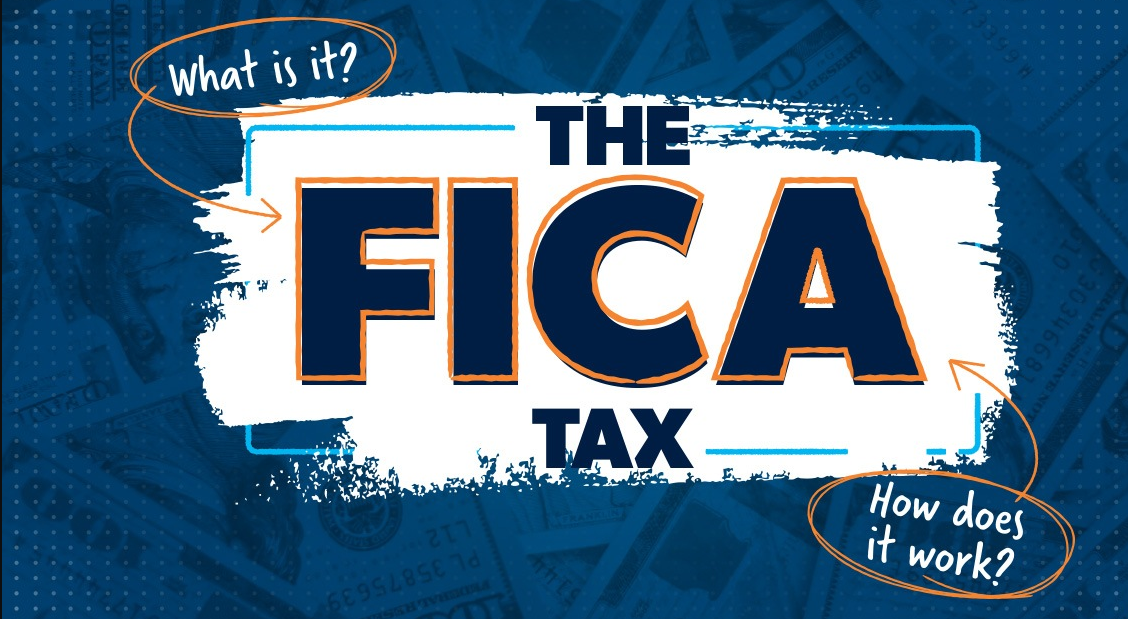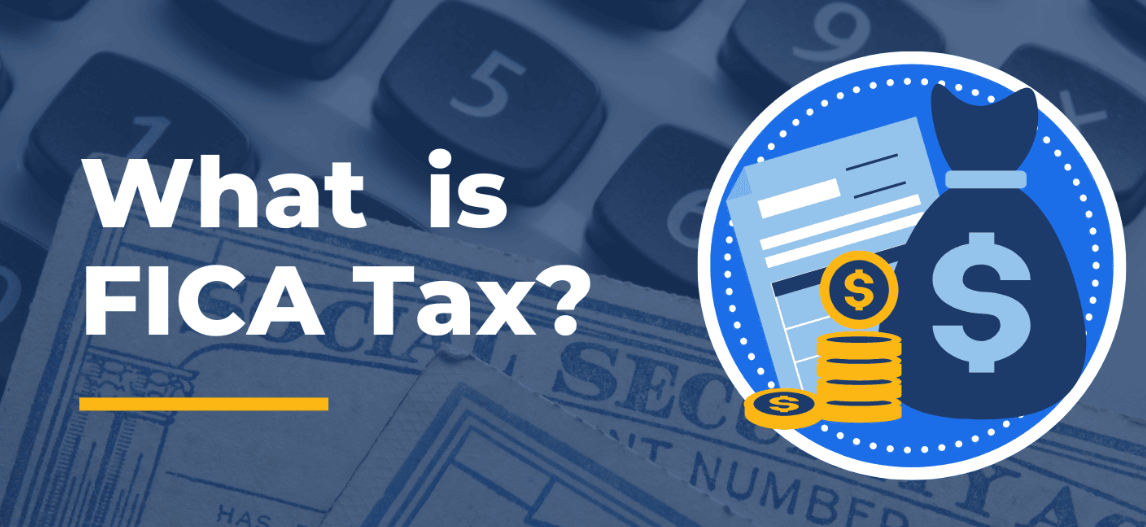In today’s complex financial landscape, it’s easy to feel overwhelmed by the multitude of taxes we encounter in our daily lives. One significant tax that has a substantial impact on your finances is known as FICA taxes. In this article, we will demystify FICA taxes, explain what they are, how much they cost you, and even provide strategies to minimize their impact on your financial situation.
What are FICA Taxes?
FICA Taxes stands for the Federal Insurance Contributions Act, a legislation passed in 1935 to fund social security. It was enacted during President Franklin Roosevelt’s administration. These consist of two components: Social Security tax and Medicare tax. Social Security tax was established in 1935, while Medicare tax came into play in 1965. Today, when you hear “FICA,” it encompasses both these taxes.
- Social Security Tax: 12.4% (divided equally between employees and employers)
- Medicare Tax: 2.9% (also divided equally between employees and employers)
This results in a combined FICA tax rate of 15.3%, with employees responsible for half (7.65%) and employers covering the other half. However, self-employed individuals pay the full 15.3%, as they play both the employee and employer roles.
Wage-Based Limits
Social Security tax has a wage-based limit, which means you’ll only pay it on income up to a certain threshold. In 2021, this limit was $142,800. Once your income exceeds this limit, you won’t pay Social Security tax on the additional earnings. However, Medicare tax has no wage-based limit, so you’ll continue paying it on all your earnings.
Additionally, there’s an extra Medicare tax of 0.9% for individuals with higher incomes, but employers don’t share this additional tax burden.
How Are FICA Taxes Paid?
If you’re an employee, FICA taxes are automatically withheld from your paycheck by your employer. You have no choice in the matter; it’s mandatory. However, if you’re self-employed, you’ll need to pay these taxes when you earn income. Self-employed individuals often make quarterly payments to the IRS for their estimated taxes, which include FICA taxes.
FICA Taxes vs. Federal Income Taxes
It’s important to note that FICA taxes are separate from federal income taxes. Strategies to reduce your federal income tax liability, such as deductions and credits, don’t apply to these taxes. You’ll generally have to pay these taxes as an employee, with limited exceptions.
While avoiding These taxes entirely is challenging, there are some exceptions and strategies to explore:
- Exempt Employment: Certain types of employment, like student workers, some state and local government employees, and children employed by their parents, may be exempt from these taxes.
- Earn Unearned Income: FICA taxes apply to earned income. If you can generate unearned income through investments like interest, dividends, or capital gains, it won’t be subject to these taxes.
- Take Advantage of Employer Benefits: Some employer-provided benefits, like certain fringe benefits or cafeteria plans, may not be subject to FICA taxes.
- Reduce Self-Employment Tax: If you’re self-employed, reinvesting in your business to lower your net profit could reduce your self-employment tax burden.
- Structure Income: If you’re self-employed as an S Corporation or LLC, you can structure your income to include both a salary and distributions, potentially reducing your FICA tax liability.
Conclusion
These taxes are a significant part of most Americans’ financial lives. While they may be challenging to avoid completely, understanding the rules and exploring exemptions can help you make informed financial decisions. Remember that FICA taxes and federal income taxes are separate, so consider both when planning your tax strategy.
Frequently Asked Questions (FAQs) About FICA Taxes
What does FICA stand for?
It is for the Federal Insurance Contributions Act, which was established in 1935 to fund Social Security and later expanded to include Medicare.
How are FICA taxes divided between employees and employers?
These taxes are split between employees and employers. For Social Security, employees pay 6.2%, and employers pay 6.2%. For Medicare, both employees and employers each pay 1.45%.
Is there a wage limit for FICA taxes?
Yes, there is a wage limit for the Social Security tax component. As of 2021, this limit was $142,800. Earnings above this threshold are not subject to the 12.4% Social Security tax. However, there is no wage limit for the Medicare tax.
What is the additional Medicare tax?
The additional Medicare tax is 0.9% and applies to high-income earners. It comes into play when an individual’s income exceeds a certain threshold.
How are FICA taxes collected?
If you’re an employee, your FICA taxes are automatically withheld from your paycheck by your employer. Self-employed individuals must make quarterly estimated tax payments, including their self-employment tax.
Can I reduce my FICA tax liability?
While it’s challenging to eliminate FICA taxes entirely, some strategies, such as earning unearned income or structuring your business income wisely, may help reduce your FICA tax burden. Consult with a tax professional for personalized guidance.
Do FICA taxes affect federal income taxes?
These taxes are separate from federal income taxes. Strategies to reduce federal income taxes, such as deductions and credits, do not apply to FICA taxes.
What is the role of FICA taxes in funding Social Security and Medicare?
These taxes are essential for funding Social Security benefits for retirees and disabled individuals. They also contribute to financing Medicare, which provides health insurance for eligible individuals aged 65 and older.






